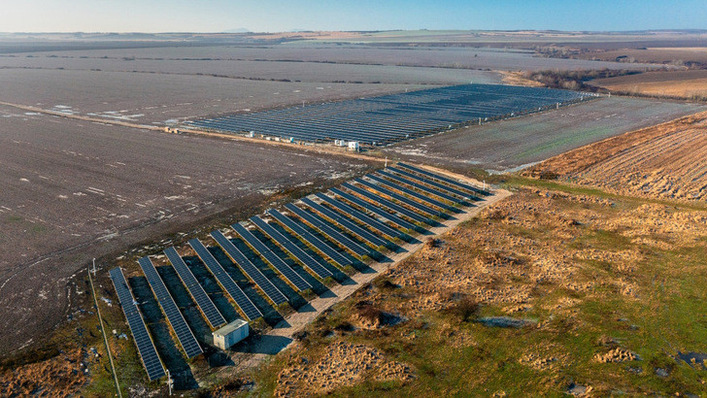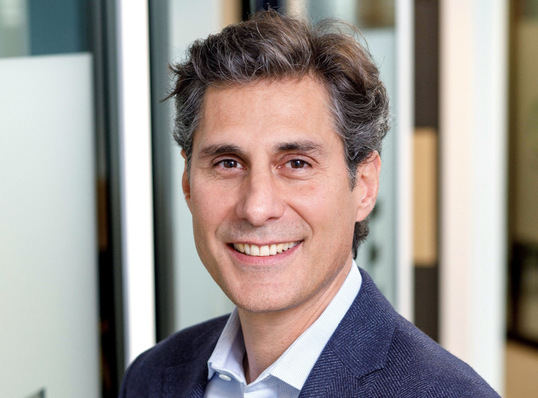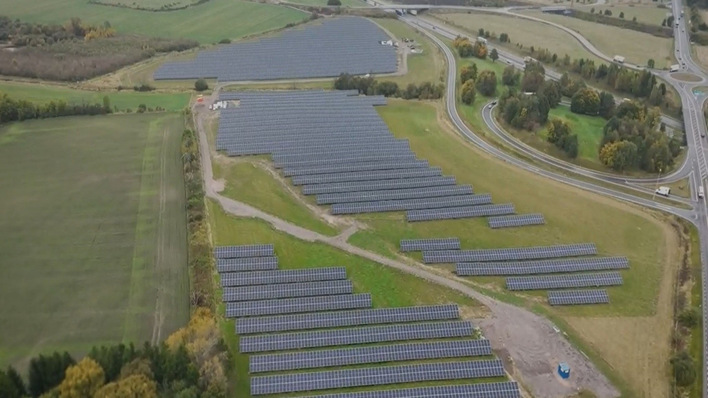Renewable power generation is driving the energy transition fast, but the sun and the wind cannot be switched on or off in response to demand. This creates a number of new challenges for tomorrow’s energy system. Key is a much higher degree of flexibility than previously, which is needed to keep a balance between the supply and demand of electricity around the clock, every day of the year. Flexible consumers can – and must – play a major role in achieving this balance.
EM-Power Europe, the international exhibition for energy management and integrated energy solutions, will be focusing on solutions for the near future. The exhibition will present the latest products, technologies and trends in grid and energy management that will help make the energy system more flexible. The exhibition is rounded off by a varied program of presentations and discussions at the EM-Power Europe Conference and The smarter E Forum. EM-Power Europe is part of The smarter E Europe, Europe’s largest alliance of exhibitions for the energy industry, and will take place in Munich from June 19–21, 2024, alongside Intersolar Europe, ees Europe and Power2Drive Europe.
See also: Sector coupling in practice
The energy system must rapidly become much more flexible, especially in the next few years. “According to EU calculations, the demand for flexibility will increase by 133 percent between today and 2030,” explains Michael Villa, Managing Director of the European industry association smartEn. And by 2050, another 25 percent flexibility increase will be needed. According to a recent study conducted by Agora Energiewende, e-cars, heat pumps and residential storage systems will be able to delay around ten percent of the required annual electricity demand in Germany by 2035. This equates to 100 terawatt-hours, meaning that demand-side flexibility will save the German economy around 4.8 billion euros. But what exactly can we do to enable consumers to make that contribution to the energy transition?
Making the most of your own electricity
One contribution that consumers make towards flexibilization has been state of the art for years: Prosumers couple their PV installation with a stationary battery storage system, heat pump and charging point for their electric car, with their self-generated electricity being controlled by a Home Energy Management System (HEMS). This minimizes the amount of electricity they have to buy from the grid while maximizing their self-consumption. Their solar power does not have to be fed into the grid, which makes the distribution grid more stable.
Supply meets demand
The basic law of economics also applies to the energy system: Supply and demand are directly connected and can trigger rapid and marked price fluctuations. When the sky is blue and the sun is shining while a fresh breeze is blowing, the electricity price at the European Energy Exchange (EEX) drops. Energy consumers don’t usually benefit, though. In Germany, this will change in 2025, when all electricity suppliers will be obliged to offer their customers a dynamic, market-driven electricity tariff. This will allow customers to optimize their consumption – and save money – by shifting it to a time when renewable energy is cheaper. There is just one crux: When too many customers use too much electricity at the same time, this considerably impairs the stability of distribution grids.
Flexible grid charges
The introduction of flexible grid charges could counteract this effect, and Germany will be doing just that from 2025: Grid charges will be higher during times of peak grid load, and go down as the load drops. The German Association of Energy Market Innovators (bne) comments on the new regulation: “Grid charges that change depending on the time of use provide an incentive to prevent grid congestion in the low voltage grid. This fundamentally simple model is important for making a start at using the available flexibility potential and gather experience. In the future, we will have to eliminate further obstacles to exploiting the flexibility potential.” According to the bne, in the long run, grid charges are an unsuitable tool because they do not take into account producers and storage systems. Doing that will require a fundamental reform of the grid charge system.
Utilities become involved
Utilities can increasingly contribute to flexibility – and they will. The way they will achieve this is with smart load management. Whenever the grid capacity threatens to become insufficient, utilities can act to reduce their customers’ electricity consumption considerably. One example of a successful strategy that is already being practiced is a special tariff for heat pumps. Whenever a bottleneck is expected, the utility can take the decision to switch off the heat pump. Thanks to thermal storage devices, this will not reduce the customer’s level of comfort, but will allow them to purchase the electricity for their heat pump at a particularly favorable price.
New: curtailing instead of switching off
There’s another, brand new regulation in Germany: The amended German Energy Industry Act (EnWG) allows grid operators to curtail EV-chargers and heat pumps when there is a risk of grid congestions at certain points. In return, grid operators may no longer refuse to connect such consumers on the grounds that they could overload the grid. According to the bne, it will be some time before this option becomes effective, though, because the necessary control devices on the consumer side and the measurement technology on the supplier side are still scarce.
EM-Power Europe: Industry meeting point
From June 19–21, 2024, EM-Power Europe in Munich will offer trade visitors insights into the digitalized and flexible distribution grids of the future. Every year, leading international players offering products, services and business models for integrated energy solutions and stable power grids meet here. What’s more, The smarter E Forum (hall B5, booth B5.550) will be showcasing digitalization and flexibilization options on all three days of the exhibition.
See also: Come to the trade fair in Munich to meet our experts!
The exhibition will be accompanied by the EM-Power Europe Conference (June 18 and 19) that presents the perfect opportunity to discuss the smart integration of decentralized renewable energy installations, grid management and much more with international experts. Grid flexibilization will be a focus topic on the first day of the conference. On June 18, there will be sessions on “Flexible Grid and Innovative Grid Management” (11:30am) and “Large, Grid-Scale Storage for More Supply- and Demand-Flexbility” (2:30pm). The second conference day will feature sessions on energy sharing and demand flexibilization.
EM-Power Europe, and the parallel events Intersolar Europe, ees Europe, and Power2Drive Europe, will take place from June 19–21, 2024 as part of the innovation hub The smarter E Europe, in Munich. (hcn)








